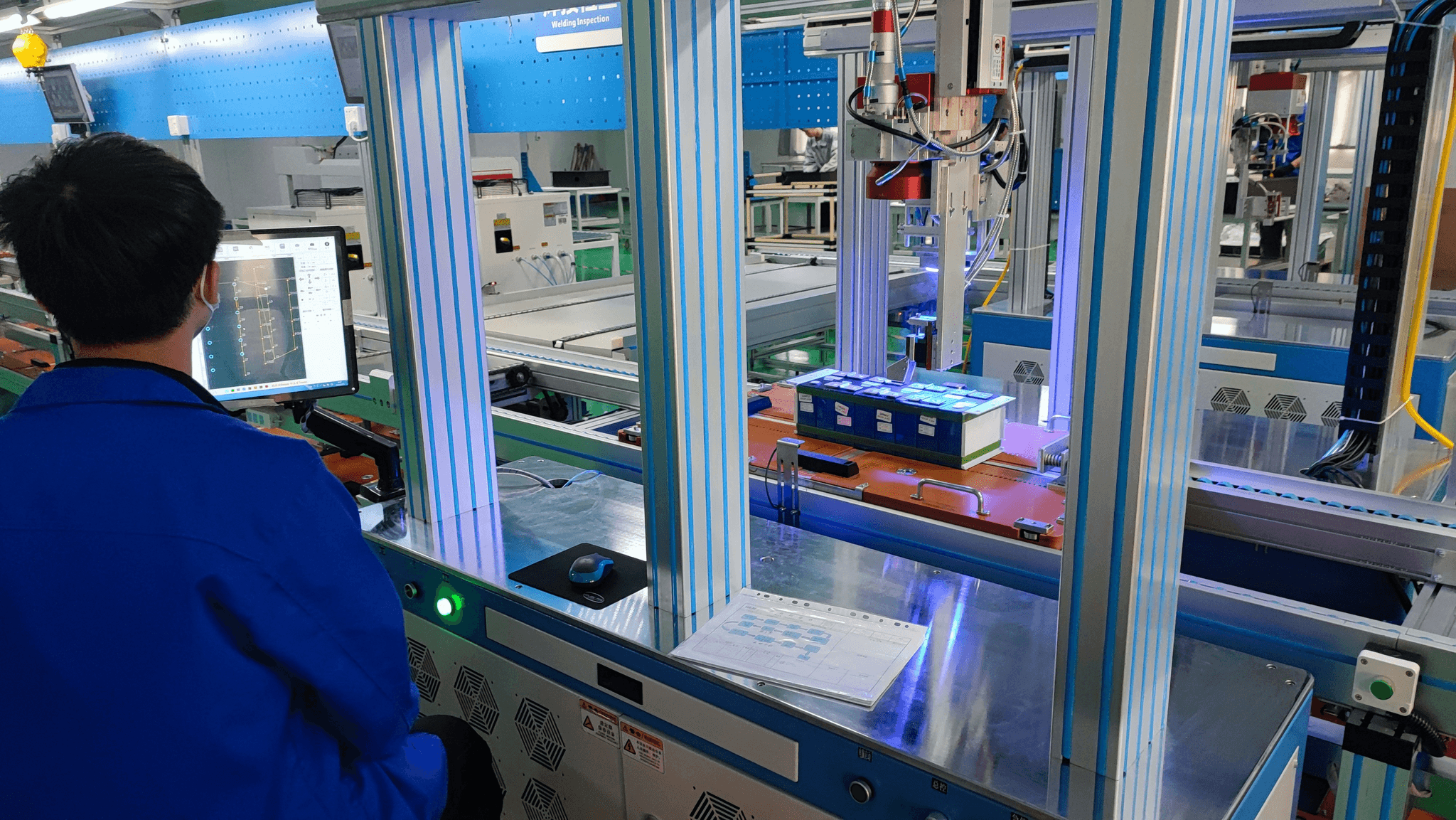Introduction

In the bustling world of manufacturing, quality is king, and understanding quality defects is paramount for success. Quality defects can range from minor blemishes to critical failures, impacting product performance and consumer trust. By classifying these defects into distinct types, manufacturers can better manage quality assurance processes and enhance overall product reliability.
Understanding Quality Defects in Manufacturing
Quality defects in manufacturing refer to any deviation from specified standards that could compromise a product’s functionality or aesthetic appeal. These defects can arise from various sources, including material flaws, faulty machinery, or human error during production. Recognizing the types of defects that can occur is essential for manufacturers to mitigate risks and ensure customer satisfaction.
Importance of AQL Classification
AQL, or Acceptable Quality Level, serves as a crucial benchmark in assessing the quality of manufactured goods by categorizing defects into major, minor, and critical classifications. This classification helps businesses determine acceptable limits for each defect type while maintaining high standards of safety and performance. Understanding the importance of AQL allows companies to focus their efforts on minimizing significant quality defects that could lead to severe consequences.
Overview of Types of Defects
Manufacturers encounter various types of defects throughout the production process—major defects that pose serious risks, minor ones that may affect aesthetics but not functionality, and critical defects that can endanger consumer safety outright. Each category has its own set of implications for brand reputation and legal compliance; thus, it’s vital to examine real-world quality defect examples within each classification. By doing so, organizations can develop strategies tailored to address specific issues related to each type of defect effectively.
Major Quality Defects

When it comes to manufacturing, major quality defects can be the proverbial elephant in the room—impossible to ignore and potentially disastrous if left unchecked. These types of defects are not just minor annoyances; they can compromise the integrity of a product and pose serious risks to consumer safety. Understanding what constitutes a major defect is crucial for manufacturers aiming to maintain high standards and ensure customer satisfaction.
Defining Major Defects
Major defects are typically categorized as flaws that significantly impair the usability or functionality of a product, leading to its rejection by consumers or regulatory bodies. Unlike minor defects, which may be more aesthetic or superficial, major defects can affect performance, safety, or compliance with industry standards. In essence, these types of defects often warrant immediate attention and corrective action due to their potential consequences.
Real-World Quality Defects Examples
Real-world examples of major quality defects abound across various industries, highlighting how these issues can manifest in different forms. For instance, consider automotive recalls due to faulty brakes—these critical failures not only endanger lives but also cause significant financial losses for manufacturers. Another example includes electronics that overheat and catch fire; such incidents underscore the importance of rigorous testing and quality control measures in preventing serious accidents.
Impact on Consumer Safety
The impact of major quality defects on consumer safety cannot be overstated; these flaws can lead to injuries or even fatalities if not addressed promptly. Products with major defects often result in costly recalls and damage a brand's reputation irreparably, leaving consumers wary of future purchases from that company. In an age where information spreads like wildfire, a single incident involving a major defect can tarnish public perception overnight—making it imperative for manufacturers to prioritize quality assurance at all levels.
Minor Quality Defects

Minor quality defects might not seem like a big deal at first glance, but they can subtly erode the integrity of a product over time. These types of defects often manifest as cosmetic issues or slight deviations from specifications that do not affect functionality. However, understanding these defects is crucial for manufacturers aiming to maintain high standards and customer satisfaction.
Characteristics of Minor Defects
Minor defects are typically characterized by their non-critical nature; they do not hinder the product's performance or safety but can impact aesthetics or user experience. Common traits include small scratches, color mismatches, or minor assembly errors that are easily overlooked during inspections. While these types of defects may not lead to immediate failures, they can accumulate and affect overall product perception.
Quality Defects Examples in Minor Cases
Examples of minor quality defects abound across various industries—think about a smartphone with a slightly misaligned logo or a furniture piece with a small dent on an inconspicuous edge. In textiles, you might encounter fabric flaws such as loose threads or faint stains that don't affect wearability but could raise eyebrows among discerning customers. These quality defects examples illustrate how even seemingly trivial issues can become points of contention for consumers who expect perfection.
Implications for Brand Reputation
When it comes to brand reputation, minor quality defects can have surprisingly significant consequences. Customers often associate even minor imperfections with poor manufacturing practices, leading them to question the overall quality and reliability of a brand's products. Over time, if left unaddressed, these types of defects can tarnish a brand's image and drive customers toward competitors who prioritize meticulous quality control.
Critical Quality Defects

In the realm of manufacturing, critical quality defects stand out as the most severe types of defects that can occur. These defects can lead to significant safety hazards, rendering products dangerous for consumers. Understanding what constitutes a critical defect is essential for manufacturers aiming to uphold quality standards and protect their brand integrity.
What Constitutes a Critical Defect
A critical defect is defined as any flaw that poses an immediate risk to consumer safety or violates regulatory standards. This could include issues such as faulty electrical components in appliances or contamination in food products. In essence, if a defect could potentially cause harm or injury, it falls under the umbrella of critical defects and requires urgent attention.
Quality Defects Examples in Critical Scenarios
Several real-world instances highlight the gravity of critical quality defects. For example, automotive recalls often stem from defective brakes or airbags that fail to deploy properly—these are classic types of defects with life-threatening implications. Similarly, pharmaceutical companies have faced backlash due to contaminated medications that led to severe health issues among patients, showcasing how critical quality defects can have far-reaching consequences.
Legal and Financial Repercussions
The repercussions of failing to address critical quality defects can be catastrophic for businesses. Not only do they face potential lawsuits and hefty fines from regulatory bodies, but they also risk losing consumer trust—a currency that's hard to regain once lost. Additionally, the financial implications can extend beyond immediate costs; damage control efforts often require extensive resources that could strain even well-established companies.
Conclusion
In summary, understanding the various types of defects in manufacturing is crucial for maintaining product quality and consumer trust. We have explored major, minor, and critical quality defects, each having distinct characteristics and consequences. By recognizing these defect types, manufacturers can take proactive measures to ensure high standards in their production processes.
Recap of Defect Types in Manufacturing
Manufacturing defects can be categorized into three primary types: major, minor, and critical defects. Major defects significantly affect product functionality or safety; for instance, a faulty brake system in a car is a clear example. Minor defects may not hinder performance but can impact aesthetics—think of a scratched surface on an appliance—while critical defects pose severe risks that could lead to legal ramifications or financial loss.
Why AQL Matters for Quality Assurance
Acceptable Quality Level (AQL) is an essential concept in quality assurance as it helps define the maximum number of defective items permitted in a batch. Understanding AQL allows manufacturers to set benchmarks that align with industry standards while ensuring consumer safety and satisfaction. By focusing on AQL classifications, businesses can effectively manage risks associated with various types of defects and maintain their reputation.
How China Inspection Pro Can Help
China Inspection Pro offers comprehensive inspection services tailored to help businesses navigate the complexities of quality assurance in manufacturing. With expertise in identifying all types of defects—including major, minor, and critical—their team ensures that products meet stringent quality standards before reaching consumers. By partnering with China Inspection Pro, companies can mitigate risks associated with quality defects while enhancing brand reliability.
